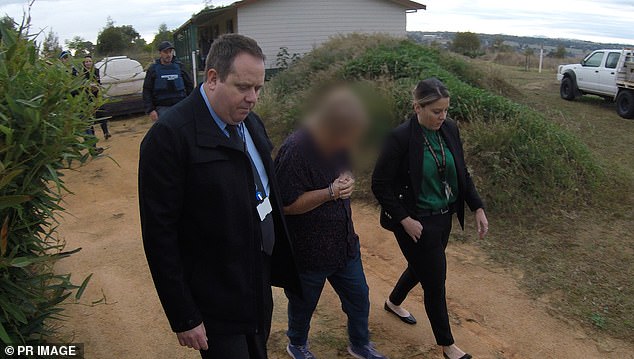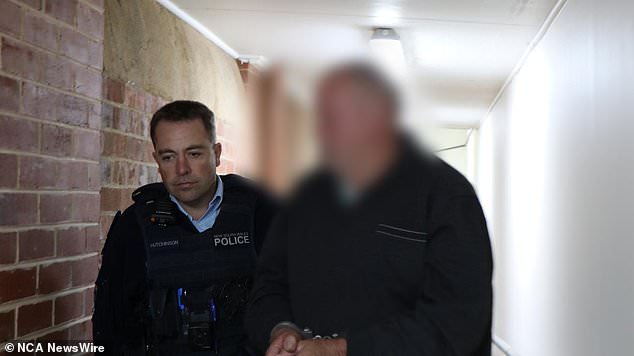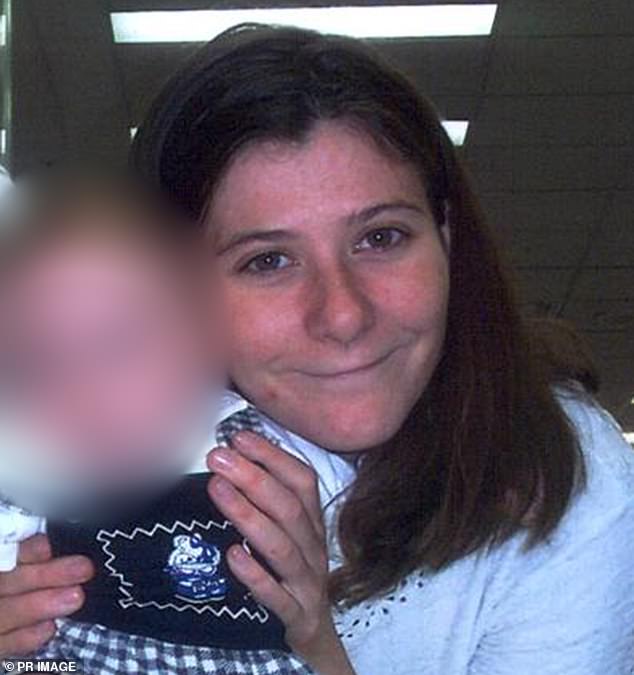Amber Haigh disappearance: Lawyer for Robert Samuel Geeves and Anne Margaret Geeves claims that police bugged their home
A couple accused of killing teenager Amber Haigh were subjected to a “cloud of suspicion and distrust” and no evidence was found when police bugged their home, their lawyer said.
Robert Samuel Geeves, 64, and Anne Margaret Geeves, 64, will soon learn their fate after standing trial in the New South Wales Supreme Court. They have denied allegations that they murdered the young mother, who disappeared while they were living in their Kingsvale home in the New South Wales region more than 20 years ago.
They were on trial in a single-judge case presided over by Judge Julia Lonergan, who reserved her sentence on Wednesday after overseeing a nearly eight-week trial.
Mrs Haigh, 19, who had an intellectual disability and suffered from epilepsy, was living with the couple when she disappeared in June 2002. Prosecutors accuse the couple of killing her to gain custody of a young child.
Both have pleaded not guilty to murder. The court heard they last saw Ms Haigh when they dropped her off at Campbelltown train station on June 5, 2002, so she could travel to western Sydney to visit her sick, dying father.
The couple reported Amber missing to the police station in Young on June 19, 2002. They have been suspected by the community and police ever since, Mrs. Geeves’ attorney, Michael King, told the court during his plea Wednesday.
‘A haze of distrust and suspicion’
Mrs Haigh disappeared from her estate at Kingsvale, near Young. Her body was never found and she never contacted her family.
Amber Haigh, 19, with her son Royce in 2002. Amber was last seen at Campbelltown Railway Station in Sydney’s south-west on June 5, 2002.
In his closing address to the court, Mr King said: ‘People in the community around Young believe that Robert Geeves was guilty of many offences dating back to the 1980s.’
The court was told that in 1986 Mr Geeves provided shelter to two schoolgirls who had run away from home.
“Somewhere along the line, word got out in the community that Robert Geeves had tied these girls up and put them in a silo,” King said.
“Everyone in the community wanted to believe that story for years. It was spread and it became reality.”
According to him, Mr Geeves came under suspicion again in 1993 when a woman he was in a relationship with was shot in the face, the court was told.
“Anyone who met him would assume he was guilty,” King said.
Mr King told the court that Mr Geeves had sex with Ms Haigh in 2001.
He said having sex with a mentally disabled teenager was a “very bad decision” and had caused further discontent in the community.
“Everything the Geeveses did was viewed with a cloud of distrust and suspicion by everyone who came into contact with them,” King said.

Anne Margaret Geeves (centre) on trial in the NSW Supreme Court
What happened to Amber Haigh?
And Mr King said that remained the case when they walked into Young police station on June 19 – two weeks after Ms Haigh was last seen – and reported her missing.
He said officers assumed Mr Geeves was guilty from the start of the police investigation.
He criticized the Public Prosecution Service’s case against the two Geeveses, describing it as “a case that, frankly, no one understands.”
Mr King said it was not known where, when or how the allegation that Ms Haigh was murdered was made.
He said it was only in prosecutor Paul Kerr’s submissions on Monday that the theory had been put forward that she had been murdered on her way to Sydney on June 5, 2002.

Robert Samuel Geeves (right) was arrested in May 2002. Photo: Supplied/NSW Police.
He argued that the police at the time could not prove that the Geeveses had made the trip to Campbelltown, and therefore the court could not either.
Mr King said during police interview that Ms Geeves described a hot dog van at a petrol station where she said they asked for directions to Campbelltown railway station, described a one-way street and made a detailed drawing of the station car park.
“If the prosecution’s case is that Anne Geeves never made this car journey, then she has considerable knowledge of details that you would only expect if she were there,” King said.
The police are listening in
The court was told that listening devices had been placed in the Geeveses’ home and car as part of the police investigation.
But Mr King argued that none of the tapes contained incriminating evidence.
“There is no indication in these recordings that the Geeveses are in any way guilty of anything,” Mr King said.
Mr King pointed to a conversation recorded on a police listening device in which Ms Geeves expressed her anger towards Ms Haigh.

Mrs Haigh, 19, (pictured), who had a learning disability and suffered from epilepsy, was living with the Geeveses when she disappeared in June 2002
The conversation took place two days after police raided their Kingsvale farm, with Mrs Geeves saying on the recording that “this is her fault”, the court was told.
“Then she said, ‘I don’t care anymore, when she comes back she can pack her things and go,'” Mr King told the court.
“…That is, in my view, extremely strong evidence to support the view that Anne Geeves did not have a guilty mind,” King said.
Judge Lonergan will rule later.
